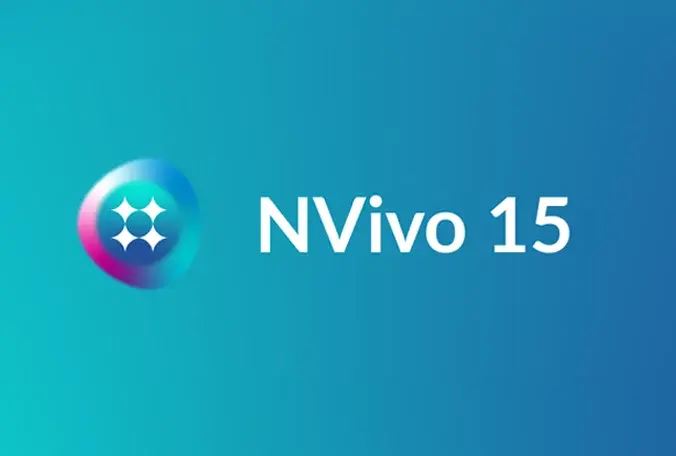Unlocking Biotech Insights with Human-Powered Transcription Services
- Matt West
- Apr 25
- 3 min read
Updated: May 6
In biotech, every conversation counts. Whether you're in the lab, managing a clinical trial, or preparing to meet with investors, what’s said in the room often becomes the foundation for what’s written in protocols, submissions, or reports. But if that conversation only lives in someone’s memory or an audio recording no one ever reviews, you risk missing key details. That’s where transcription comes in — not as an afterthought, but as a core part of the research process.
At Qualtranscribe, we’ve worked with biotech teams at every stage of the journey. And if there’s one thing we’ve seen time and again, is when your words are captured clearly and accurately, it makes everything that comes after much easier. Here’s how transcription quietly powers innovation; from early discovery to product launch.
Capturing Conversations in the Lab
Biotech research isn’t just about what’s written in lab notebooks. It’s also about the things said during internal meetings, quick huddles, expert consultations, or brainstorming sessions. These conversations often contain insights and decisions that never get written down.
Transcription helps:
Document internal R&D meetings so nothing gets lost in the shuffle
Preserve insights from scientist roundtables or cross-functional strategy calls
Turn subject matter expert interviews into analyzable text for faster collaboration
A research team we supported in Cambridge, Massachusetts, for example, held weekly update calls across three departments. They asked us to transcribe those meetings so they could create a searchable summary log. After a few weeks, they noticed fewer repeated questions and better cross-team coordination. People had the full story, not just their piece of it.
Whether it's early-stage planning or ongoing R&D updates, transcription creates a record of what’s discussed and decided, especially across growing or remote teams.
Supporting Clinical Trials with Structure and Clarity
Once a therapy moves into clinical trials, the stakes rise. You’re now dealing with ethics boards, IRBs, patient data, site reports, and international regulations.
We’ve worked with a mid-size biotech company running a trial in both English and Spanish. They needed interviews transcribed and translated into English for regulatory documentation. They also had to de-identify the patient details to meet both HIPAA and GDPR standards. We provided bilingual transcripts with speaker labels and anonymized formatting, ready for submission.
In clinical trials, transcripts help researchers:
Keep records of investigator interviews and site meetings
Track patient-reported outcomes through interviews and focus groups
Build audit trails that align with compliance requirements
Without transcription, a missed word or undocumented decision can lead to delays. With it, teams stay aligned and compliant.
Preparing for Regulatory Submissions
When it comes time to prepare submissions for the FDA, EMA, or other regulatory agencies, you need everything in writing — and not just from formal documents. Notes from advisory boards, internal strategy discussions, or pre-IND meetings can hold critical guidance.
One biotech client preparing for an orphan drug submission used our transcripts to review two years’ worth of expert panel meetings. Because everything had been transcribed and labeled, they were able to quote expert comments directly in their documentation. That added credibility to their case and helped clarify clinical endpoints.
Transcripts help:
Maintain detailed records of regulatory meetings or advisory board discussions
Support SOP documentation and protocol development
Ensure quotes from KOLs or clinical experts are correctly referenced in regulatory documentation
Communicating with Investors and Stakeholders
Raising funds or sharing milestones with your board isn’t just about data. It’s also about how you communicate your vision, your progress, and your path forward. Transcripts of investor meetings or pitch sessions allow teams to review what was promised, what was discussed, and how questions were handled. Good communication builds trust. Having a record of it ensures consistency.
Transcription services can:
Capture earnings calls or investor meetings for internal records
Provide transcripts for executive interviews and media briefings
Help build a library of messaging across product phases
Why Human Transcription Still Matters
We get asked a lot: why not just use AI? The short answer is that AI isn’t always enough. Biotech conversations often involve acronyms, technical terms, multiple speakers, and poor-quality audio from labs or field recordings.
We’ve seen AI miss crucial phrases like “non-responder” or confuse “gene knockout” with “check out” in trial interviews. These aren’t just typos, they can mislead or misrepresent key findings. That’s why we use trained transcriptionists who understand context, check terminology, and format transcripts the way real research teams need them.

From Voice to Launch Document
At Qualtranscribe, we help biotech teams take the spoken word and turn it into something they can use — whether that’s an internal memo, a regulatory submission, or a journal-ready quote. We’ve transcribed early discovery notes, IRB-approved patient interviews, preclinical advisory meetings, and Phase III progress reports.
Our goal is simple: help you stay focused on the science, while we take care of documenting it.
If you're managing a biotech study, preparing for launch, or just need a reliable transcript from a complex conversation, we’re ready to help.



